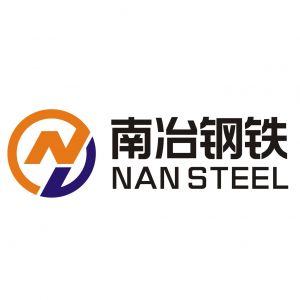Production process of welded pipePosted by chase Liu on November 30th, 2022 The development of steel pipe production technology began with the rise of the bicycle manufacturing industry, the development of oil in the early 19th century, and the manufacture of ships, boilers, and aircraft during the two world wars. After the Second World War, the manufacture of thermal power boilers, the development of the chemical industry, and the drilling and transportation of oil and gas have all strongly promoted the development of the steel pipe industry in terms of variety, output and quality. Generally, steel pipes are divided into two types: seamless steel pipes and welded steel tubes according to the production method. This time, we will mainly introduce welded steel pipes. Welded steel pipe is seamed steel pipe. Its production is to bend the tube blank (steel plate and steel strip) into a tube with the required cross-sectional shape and size by various forming methods, and then weld the weld seam with different welding methods. Compared with seamless steel pipes, welded pipes have the characteristics of high product precision, especially wall thickness precision, simple main equipment, small footprint, continuous operation in production, flexible production, and wide product range of the unit. The welded pipe should be divided from the production process, and can be divided into: Spiral submerged arc welded pipe (SSAW pipe) Longitudinal double-sided submerged arc welded pipe (LSAW pipe) There are three types of electric resistance welded pipes (ERW pipes). The production process of spiral steel pipe is roughly as follows 1. The raw materials of spiral steel pipe are steel coil, welding wire and flux. 2. Before forming, the strip steel is leveled, trimmed, planed, surface cleaned, conveyed and pre-bent. 3. The weld gap control device is used to ensure that the weld gap meets the welding requirements, and the pipe diameter, misalignment and weld gap are strictly controlled. 4. After cutting into single steel pipes, the first three steel pipes of each batch must undergo a strict first inspection system to check the mechanical properties of the weld, chemical composition, fusion status, steel pipe surface quality and non-destructive testing. After ensuring that the pipe-making process is qualified, it can be formally put into production. LSAW pipe The straight seam submerged arc welded pipe (LSAW) generally uses steel plates as raw materials, and undergoes different forming processes to form welded pipes by double-sided submerged arc welding and post-welding diameter expansion. There are many kinds of forming methods for LSAW pipes, such as UO (UOE), RB (RBE), JCO (JCOE), etc. Straight Seam High Frequency Welded Pipe Straight seam high frequency welded pipe (ERW) is formed after the hot-rolled coil is passed through the forming machine. Using the skin effect and proximity effect of high-frequency current, the edge of the tube blank is heated and melted, and the pressure welding is carried out under the action of the extrusion roller to realize the production precision. Like it? Share it!More by this author |


